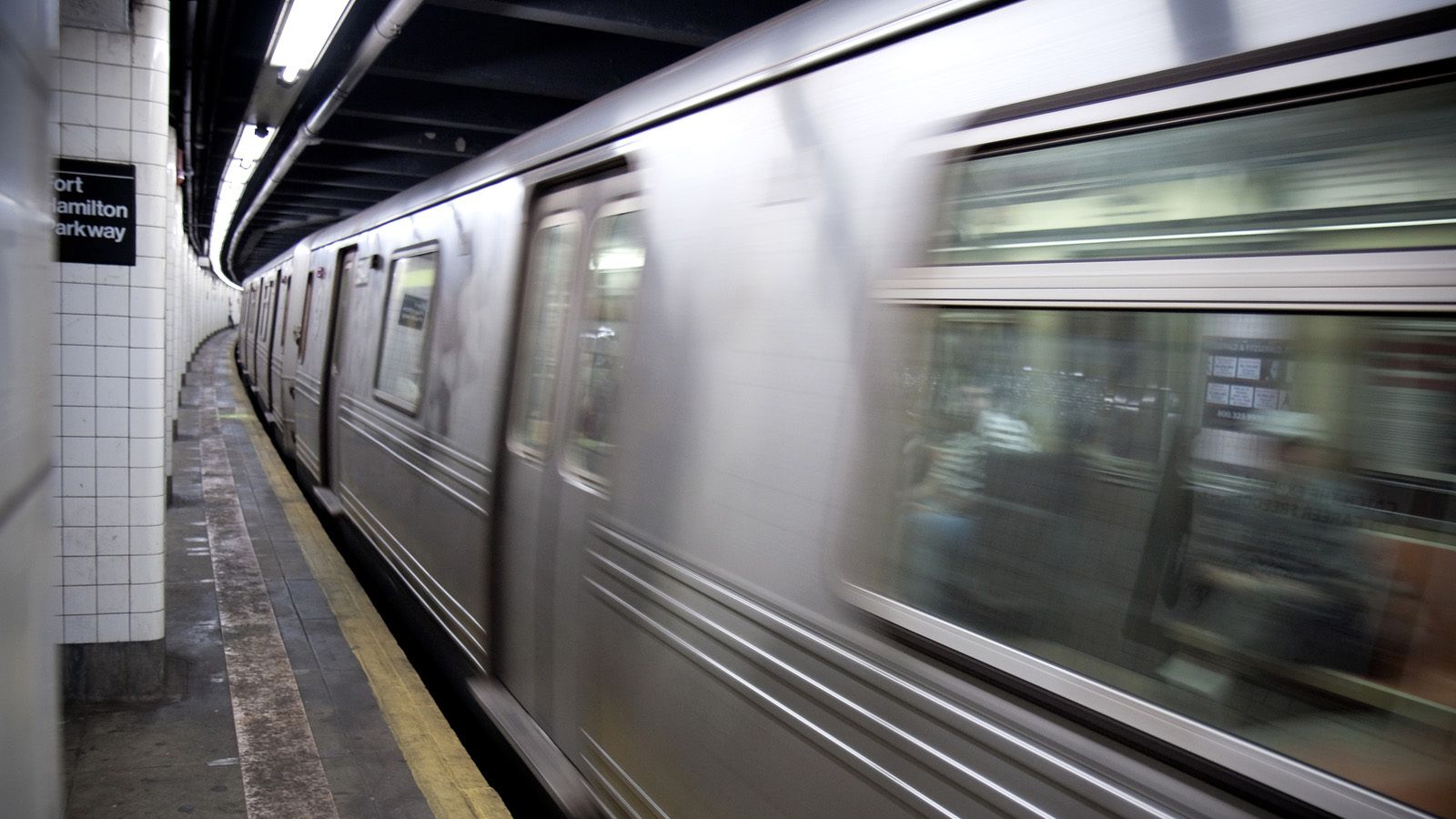On January 23, Hunter released the findings of an observational study of the use and condition of subway elevators in New York City. Conducted jointly with TransitCenter, a nonprofit that works to improve public transit, the study took place during a six-week period last fall and was conducted by Hunter students. It attracted unusual media attention shortly after its release, when in a tragic incident, a young mother fell and died as she struggled to carry her baby’s stroller down a flight of stairs at a station with no elevator or down escalator.
The interdisciplinary study involved Hunter undergraduates and graduate students enrolled in four courses: two in sociology—Intermediate Statistics and Introduction to Research Methods—and two in urban policy and planning—Urban Data Analysis and Quantitative Approaches to Urban Analysis. Peter Tuckel, professor of sociology, and William Milczarski, associate professor of urban planning, led the study along with TransitCenter senior advocacy associate Colin Wright. Following strict methodological guidelines, students did all of the onsite observation and data collection, adding field notes to shed additional light on the data they recorded.
“If you want to learn research, you need to do research,” Professor Tuckel said of the project’s great pedagogical value. “Our students learn it soup to nuts—from the importance of getting a random sampling to the complexities of designing and executing all phases of a study.” He added, “I’m increasingly seeing that when my students apply for jobs or grad school, they’re asked if they have research experience.”
Professor Milczarski observed that the students enjoy the entire research experience: working independently as a single investigator or in teams of two and traveling to an often unfamiliar site, taking full responsibility for the accuracy of the collected data, and then participating in data analysis. “They often imbue the findings with more meaning than I can, because they’re the ones out in the field,” he said. “For them, it’s a much richer experience than reading a textbook.”
With just a quarter of subway stations accessible to wheelchair-users, there has been a growing clamor to install more elevators. In fact, the study found that a large and diverse group of riders beyond those with disabilities would benefit from improved and expanded elevator access. One of the study’s major findings was that when the elevators were available and working, they were used heavily by the elderly, people with baby strollers, and riders of all ages carrying large packages, suitcases or knapsacks.
Another major finding that would surprise few New Yorkers was the widespread presence of foul odors and discarded trash in elevator cars. At the City Hall station, for example, students observed that the elevator was always in service but slow to arrive and quite uninviting: “Cleanliness deteriorated over the course of the study,” said urban planning grad student Constantine Goudelias, “and by the third visit, there were old chicken bones on the floor.”


